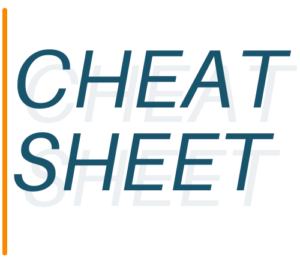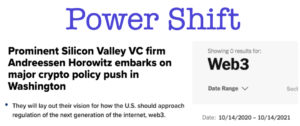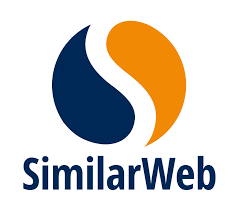
Double-Digit Drops in Audience for Bloomberg and Six Other Key Titles
Seven top publications suffered double-digit drops in audience from May 2021 to May 2022, according to data from digital intelligence firm Similarweb.

Seven top publications suffered double-digit drops in audience from May 2021 to May 2022, according to data from digital intelligence firm Similarweb.

Here’s a list of 14 Tier 1 reporters whose job it is to map the encroachment of crypto into the banking and payments industries. Be sure to check out our other cheat sheet in this space, focused on crypto trades.

You need to be logged in to view this content. Please Log In. Not a Member? Join Us

All too often, PR pros assume that Tier 1 reporters behave like all reporters — they patrol a beat, decide on stories, report them and write them. It’s rarely that linear…

How do private companies get covered by reporters committed to cover public companies? Like anything else in PR, it’s difficult but not impossible. Here’s something of a toolkit we hope can help.

When you’re targeting a Tier 1 publication, it pays to understand whether it’s a magnet, a manufacturer or a messenger. Reporters behave differently in each; their motivations are different.

With 2022 a month away, it’s time to imagine next year’s trends, in a way that lets our subscribers take action whenever possible. Here’s our list.

Here’s a list of 34 business and tech podcasts, most of which seek C-title executives to interview. We will add to this list regularly, so don’t hesitate to tip us on those we might have missed.

Andreessen Horowitz defines Web3 as “a group of technologies that encompasses blockchain, cryptographic protocols, digital assets, decentralized finance and social platforms.” — CNBC, Oct. 13

So back in August you got a hit in TechCrunch. At least on desktops/laptops, you reached less than three million American readers. Ars Technica, Axios and Wired would have delivered you more, not to mention the Tier 1s.
YOUR ACCOUNT
FRIDGE NOTES
Former NYT reporter and Google Cloud EIC Quentin Hardy also interviewed Eric Savitz about his career and move to GM. Good reading.
The UK-based newsletter company called Trending Now uses AI to scrape what’s trending across 27 areas of B2B. Press Gazette has additional detail. The company employs ten, none of whom are journalists (by traditional definition).
The full union membership needs to ratify it on July 24, but it looks like no editors can be laid off or suffer a salary cut if the publication goes big in its use of generative AI. More detail here from Neiman.
Goldman Sachs took 32 pages to say pretty much that. The media business may turn out to be an outlier, an industry perfectly suited to synthetic, multilingual words, sounds and images at scale. As for everyone else, well, the global consultancies will learn the truth first because they have rushed to monetize Gen AI — they aren’t yet succeeding.
Three free one-month subs are available from SWMS, no catches or gimmicks. Get in touch for details. BT is among the best tech newsletters out there.